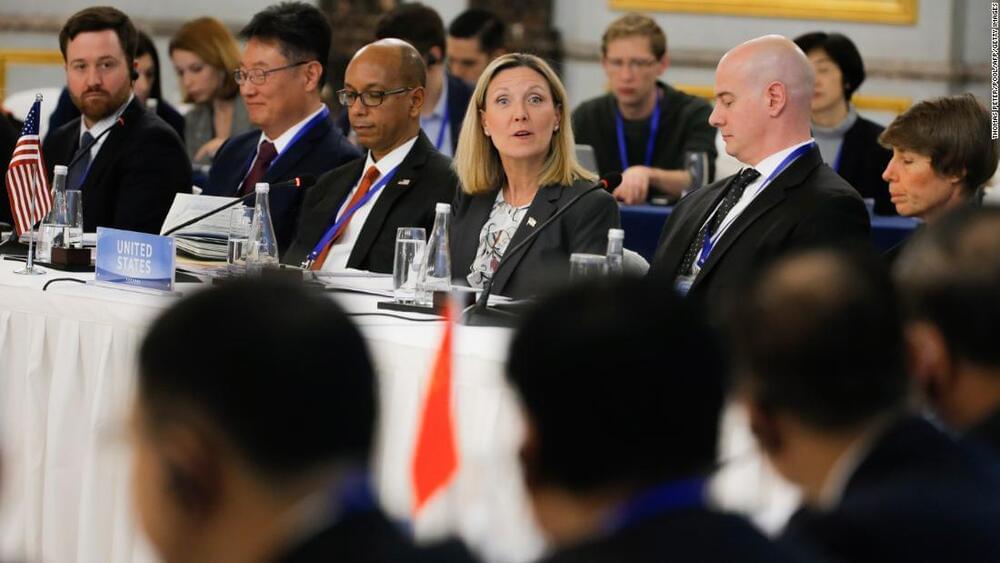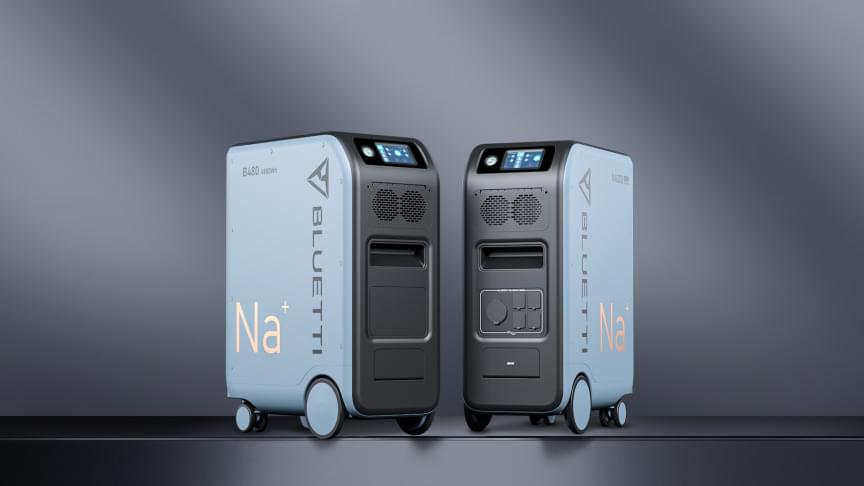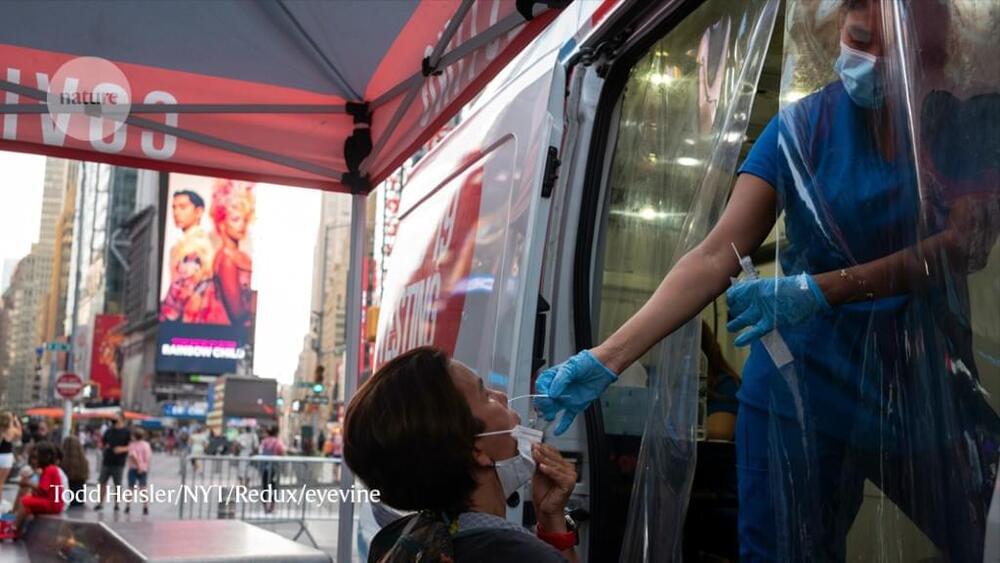The unfurling of the observatory’s giant sun shade is a major milestone for the $10bn mission.



Meta announced a slate of big name virtual reality concerts set to take place entirely in the metaverse last month — and nobody seemed to notice.

😀
Five of the world’s largest nuclear powers pledged on Monday to work together toward “a world without nuclear weapons” in a rare statement of unity amid rising East-West tensions.
“A nuclear war cannot be won and must never be fought,” said the joint statement, which was issued simultaneously by the United States, Russia, China, the United Kingdom and France. “As nuclear use would have far-reaching consequences, we also affirm that nuclear weapons — for as long as they continue to exist — should serve defensive purposes, deter aggression, and prevent war.”
The statement also stressed the importance of preventing conflict between nuclear-weapon states from escalating, describing it as a “foremost responsibility.”



First, AI can be taught to forget. This means that not only can AI identify who knows what about a topic, but it can also contextualize that information and recognize when information becomes outdated and redundant, meaning it can ‘forget’ unuseful data as needed. Second, using non-sensitive information drawn from existing tools, AI is able to see through silos. It can use all kinds of information to draw conclusions at scale, creating in one integrated platform a live map or ‘knowledge network’ of who knows what within an organization.
In short, using data, AI can build a network of knowledge and expertise in real time. When searching for answers, everyone can then access the most accurate, up-to-date information or the best expert, at that specific point in time, to help instantly.
Before the zettabytes of data grow to yottabytes, it’s time to embrace AI’s role in tackling data overload. With AI, we can start leveraging data in the way businesses and employees demand: to empower connection, problem-solving, collaboration, and finding the answers we need.

BayWa r.e., in partnership with Grüne Energien, has received planning permission for the development of the Rag Lane Solar Farm project near Bristol, UK.
Construction of the 49.9 MW solar project in South Gloucestershire is planned to commence at the beginning of 2023, with grid connection expected in the second half of 2023. When complete, Rag Lane will deliver approximately 52 GWh/year of clean renewable electricity for distribution to the national grid, the equivalent to the annual electrical needs of approximately 15,000 family homes.
BayWa r.e. is committed to ensuring maximum benefit to the local community and environment in the development of Rag Lane. As part of the construction of the project, BayWa r.e. will provide biodiversity enhancements to the local area including the reinforcement and planting of 1.7 km of new hedgerows as a haven for wildlife, as well as ecological connectivity and improvements to the public footpath that runs across the site.
The company also anticipates that at least 20 local jobs will be created through the construction phase, with 2–3 long term jobs through the operational life of the project.
Indiana-based startup DRONEDEK has developed a smart mailbox that can automatically receive and protect goods from delivery drones.

The definition of precision public health is sprawling and variable: for most researchers in the field it includes a sweep of data-driven techniques, such as sequencing pathogens to detect outbreaks and turbo-charging data collection to monitor harmful environmental exposures. It also encompasses an ambition to target interventions to specific people who need them.
Some public-health researchers are embracing data and technology to target small groups with precise health interventions. Others fear that these tactics could fail millions.